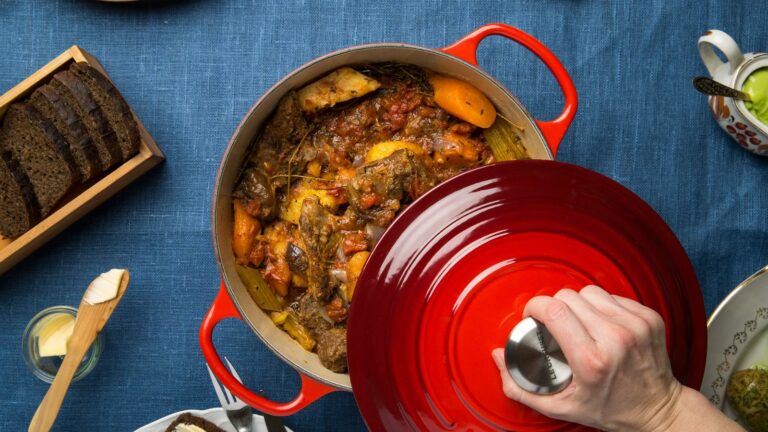Introduction: Estonian Cuisine & Foraging
Estonian cuisine is deeply rooted in the country’s natural environment, and foraging plays a significant role in the dishes prepared by the locals. Surrounded by forests and coastline, Estonia is rich in wild ingredients such as berries, mushrooms, herbs, and fish. The country’s cuisine is a reflection of its history, culture, and geography, with traditional dishes that have been passed down through generations.
Historical Significance of Foraging in Estonia
Foraging has been a part of Estonian culture for centuries, with people relying on the natural resources available in their surroundings. In the past, foraging was not just a way to gather food, but also a means of survival during harsh winters and difficult times. The knowledge of wild ingredients and their uses was passed down from generation to generation, with each family having their own secret recipes. Today, foraging continues to be an important part of Estonian cuisine, connecting people to their land and heritage.
The Influence of Wild Ingredients in Estonian Cuisine
The use of wild ingredients in Estonian cuisine is not just a trend, it is a fundamental aspect of the cuisine. Wild ingredients such as berries, mushrooms, and herbs can be found in almost every Estonian dish, adding unique flavors and textures. Many traditional dishes are made with wild ingredients, such as mushroom soup, berry pies, and herb-infused spirits. Foraging also plays a role in the production of artisanal products such as honey, jams, and teas.
Wild Berries, Nuts, and Mushrooms in Estonian Dishes
Wild berries, nuts, and mushrooms are some of the most commonly used wild ingredients in Estonian cuisine. Berries such as lingonberries, blueberries, and cranberries are used in sauces, desserts, and drinks. Nuts like hazelnuts and walnuts are used in bread, cakes, and as a topping for salads. Mushrooms, including chanterelles and porcini, are used in soups, stews, and main dishes. These ingredients are often gathered in the wild and used fresh or preserved for later use.
Hunting & Fishing Traditions in Estonian Cuisine
Hunting and fishing have been an important part of Estonian cuisine for centuries. Fish such as perch, pike, and herring are popular in Estonian cuisine, often smoked or pickled. Game meat, including elk, boar, and deer, is also used in traditional Estonian dishes such as roast venison and wild boar stew. These ingredients are often paired with wild herbs and berries to create unique and flavorful dishes.
Foraging Today: Sustainable & Local Ingredients
Foraging continues to be an important aspect of Estonian cuisine today, with a growing emphasis on sustainability and local ingredients. Many restaurants and home cooks source their ingredients from nearby forests and fields, supporting local economies and reducing their carbon footprint. Foraging also promotes a connection to the natural world and a respect for the environment.
Culinary Techniques for Wild Ingredients in Estonian Cuisine
Culinary techniques used for wild ingredients in Estonian cuisine vary depending on the ingredient and the dish. Berries and herbs are often used to make syrups, jams, and liqueurs. Mushrooms are sautéed, pickled, or used in soups and stews. Fish and game are smoked, grilled, or roasted. The use of traditional techniques such as smoking, pickling, and fermenting is also common in Estonian cuisine, adding depth and complexity to the flavors.
Future of Estonian Cuisine: Embracing Foraging & Wild Ingredients
The future of Estonian cuisine looks bright, with a growing interest in foraging and wild ingredients. As people become more conscious of where their food comes from and the impact of their choices, there is a renewed appreciation for the natural resources available in Estonia. Foraging and wild ingredients are not just a trend in Estonian cuisine, they are a part of the country’s identity and heritage. As Estonian chefs and home cooks continue to experiment with these ingredients, the cuisine will continue to evolve and delight diners around the world.

